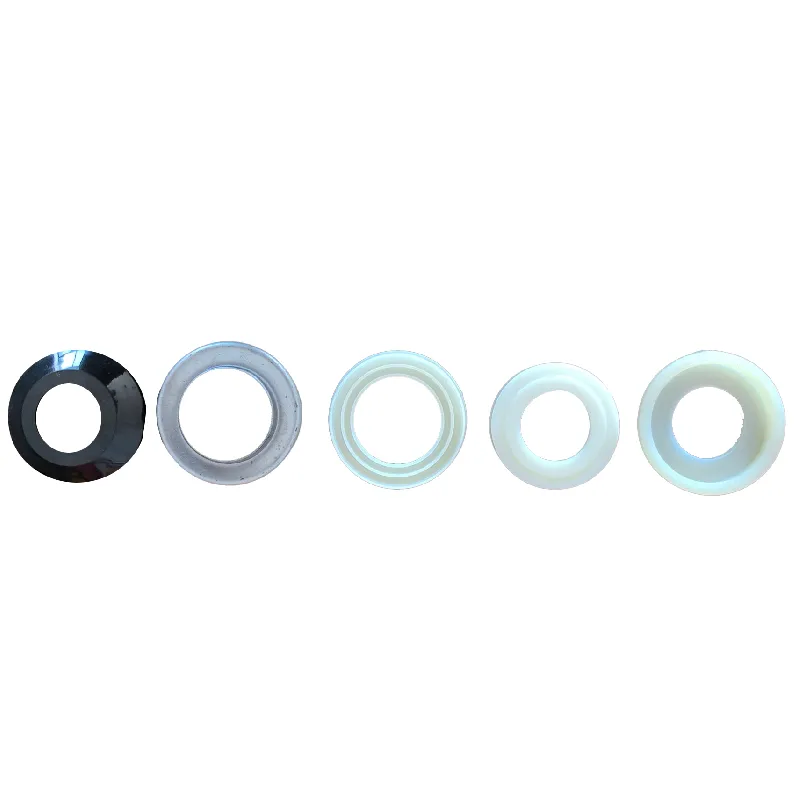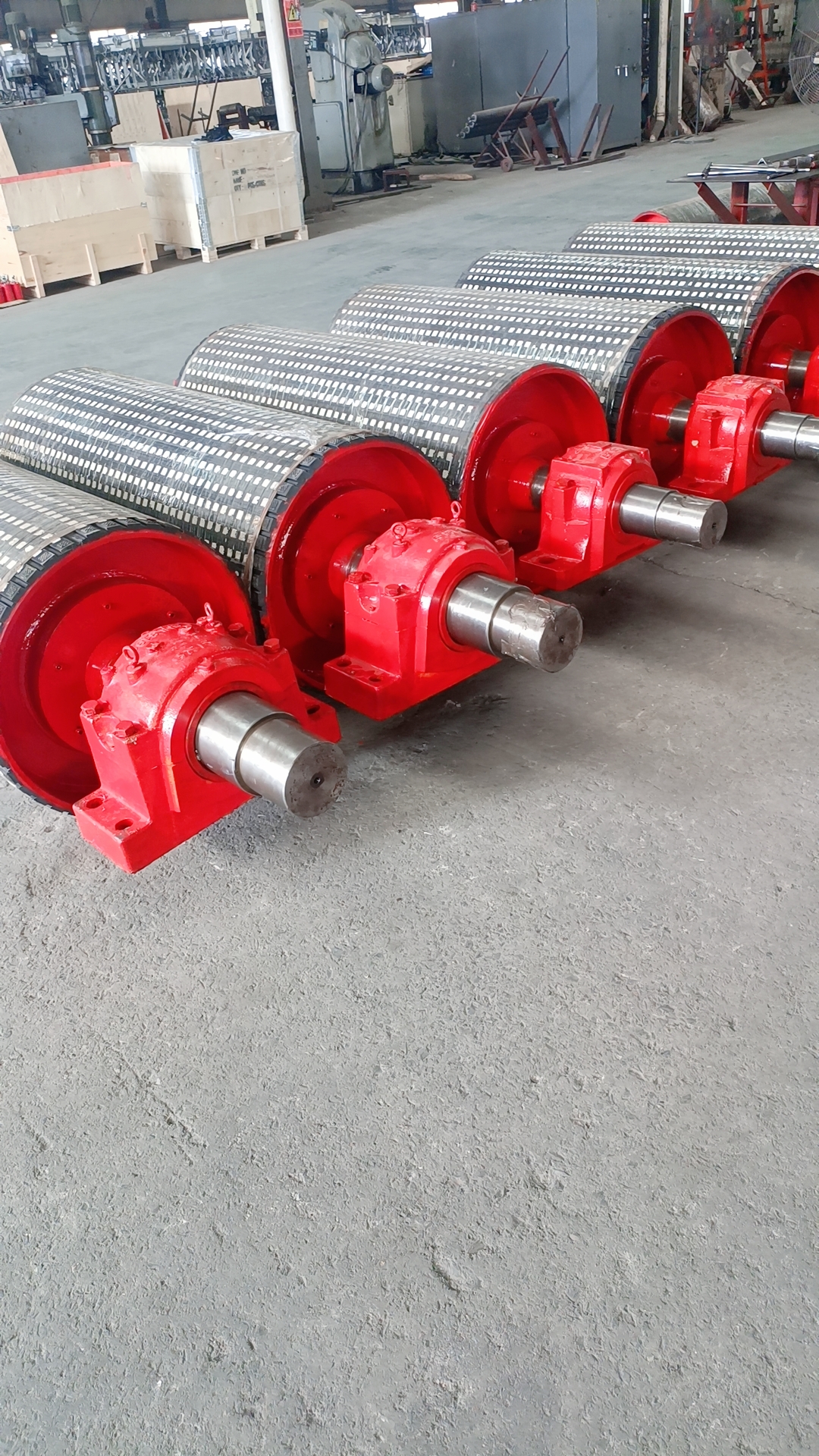 Afrikaans
Afrikaans  Albanian
Albanian  Amharic
Amharic  Arabic
Arabic  Armenian
Armenian  Azerbaijani
Azerbaijani  Basque
Basque  Belarusian
Belarusian  Bengali
Bengali  Bosnian
Bosnian  Bulgarian
Bulgarian  Catalan
Catalan  Cebuano
Cebuano  Corsican
Corsican  Croatian
Croatian  Czech
Czech  Danish
Danish  Dutch
Dutch  English
English  Esperanto
Esperanto  Estonian
Estonian  Finnish
Finnish  French
French  Frisian
Frisian  Galician
Galician  Georgian
Georgian  German
German  Greek
Greek  Gujarati
Gujarati  Haitian Creole
Haitian Creole  hausa
hausa  hawaiian
hawaiian  Hebrew
Hebrew  Hindi
Hindi  Miao
Miao  Hungarian
Hungarian  Icelandic
Icelandic  igbo
igbo  Indonesian
Indonesian  irish
irish  Italian
Italian  Japanese
Japanese  Javanese
Javanese  Kannada
Kannada  kazakh
kazakh  Khmer
Khmer  Rwandese
Rwandese  Korean
Korean  Kurdish
Kurdish  Kyrgyz
Kyrgyz  Lao
Lao  Latin
Latin  Latvian
Latvian  Lithuanian
Lithuanian  Luxembourgish
Luxembourgish  Macedonian
Macedonian  Malgashi
Malgashi  Malay
Malay  Malayalam
Malayalam  Maltese
Maltese  Maori
Maori  Marathi
Marathi  Mongolian
Mongolian  Myanmar
Myanmar  Nepali
Nepali  Norwegian
Norwegian  Norwegian
Norwegian  Occitan
Occitan  Pashto
Pashto  Persian
Persian  Polish
Polish  Portuguese
Portuguese  Punjabi
Punjabi  Romanian
Romanian  Russian
Russian  Samoan
Samoan  Scottish Gaelic
Scottish Gaelic  Serbian
Serbian  Sesotho
Sesotho  Shona
Shona  Sindhi
Sindhi  Sinhala
Sinhala  Slovak
Slovak  Slovenian
Slovenian  Somali
Somali  Spanish
Spanish  Sundanese
Sundanese  Swahili
Swahili  Swedish
Swedish  Tagalog
Tagalog  Tajik
Tajik  Tamil
Tamil  Tatar
Tatar  Telugu
Telugu  Thai
Thai  Turkish
Turkish  Turkmen
Turkmen  Ukrainian
Ukrainian  Urdu
Urdu  Uighur
Uighur  Uzbek
Uzbek  Vietnamese
Vietnamese  Welsh
Welsh  Bantu
Bantu  Yiddish
Yiddish  Yoruba
Yoruba  Zulu
Zulu Feb . 19, 2025 01:00
Back to list
types of pulley in conveyor belt
In the realm of material handling and transportation systems, conveyor belts serve as a backbone for moving products efficiently across various industries. A crucial component of these systems is the pulley, which helps direct the belt and transmit power. Understanding the different types of pulleys used in conveyor belt systems can significantly enhance operational efficiency and reliability. This article delves into the various types of pulleys utilized in conveyor belts, offering insights into their distinct functions and advantages.
The Take-Up Pulley is another critical variety in conveyor belt systems. This type is central to maintaining optimal belt tension, an essential factor for system stability. Generally, take-up pulleys are mounted on movable frameworks, allowing them to be adjusted to maintain appropriate tension levels as the belt expands and contracts due to operational stress and temperature changes. By ensuring consistent tension, take-up pulleys help prevent belt slippage and premature wear. Lastly, we examine the Wing Pulley, designed with a series of evenly-spaced, wing-shaped projections along its circumference. These pulleys perform exceptionally well in environments prone to debris and material build-up between the pulley and the belt. The wing design minimizes material accumulation by allowing loose debris to fall away, thus avoiding belt misalignment and reducing maintenance demands. Wing pulleys are ideal for applications in construction and mining where exposure to granular materials is constant. In conclusion, selecting the appropriate pulley type is critical to the efficiency and longevity of conveyor belt systems. While each pulley type serves a unique function, they collectively contribute to the seamless operation of conveying tasks across industries. From enhancing traction to ensuring proper belt alignment and tension, these pulleys play indispensable roles. For businesses striving to optimize their material handling operations, investing in quality pulley systems tailored to their specific needs can yield significant performance benefits, ensuring reliability and operational excellence. When planning to upgrade or install a new conveyor system, consulting with experienced professionals and conducting a thorough analysis of operational demands are crucial. By understanding the unique characteristics and applications of each pulley type, businesses can better equip their systems to meet both current and future challenges, ensuring smooth and efficient material transportation.


The Take-Up Pulley is another critical variety in conveyor belt systems. This type is central to maintaining optimal belt tension, an essential factor for system stability. Generally, take-up pulleys are mounted on movable frameworks, allowing them to be adjusted to maintain appropriate tension levels as the belt expands and contracts due to operational stress and temperature changes. By ensuring consistent tension, take-up pulleys help prevent belt slippage and premature wear. Lastly, we examine the Wing Pulley, designed with a series of evenly-spaced, wing-shaped projections along its circumference. These pulleys perform exceptionally well in environments prone to debris and material build-up between the pulley and the belt. The wing design minimizes material accumulation by allowing loose debris to fall away, thus avoiding belt misalignment and reducing maintenance demands. Wing pulleys are ideal for applications in construction and mining where exposure to granular materials is constant. In conclusion, selecting the appropriate pulley type is critical to the efficiency and longevity of conveyor belt systems. While each pulley type serves a unique function, they collectively contribute to the seamless operation of conveying tasks across industries. From enhancing traction to ensuring proper belt alignment and tension, these pulleys play indispensable roles. For businesses striving to optimize their material handling operations, investing in quality pulley systems tailored to their specific needs can yield significant performance benefits, ensuring reliability and operational excellence. When planning to upgrade or install a new conveyor system, consulting with experienced professionals and conducting a thorough analysis of operational demands are crucial. By understanding the unique characteristics and applications of each pulley type, businesses can better equip their systems to meet both current and future challenges, ensuring smooth and efficient material transportation.
Latest news
-
Revolutionizing Conveyor Reliability with Advanced Rubber Lagging PulleysNewsJul.22,2025
-
Powering Precision and Durability with Expert Manufacturers of Conveyor ComponentsNewsJul.22,2025
-
Optimizing Conveyor Systems with Advanced Conveyor AccessoriesNewsJul.22,2025
-
Maximize Conveyor Efficiency with Quality Conveyor Idler PulleysNewsJul.22,2025
-
Future-Proof Your Conveyor System with High-Performance Polyurethane RollerNewsJul.22,2025
-
Driving Efficiency Forward with Quality Idlers and RollersNewsJul.22,2025
OUR PRODUCTS





























